Rajshahi, Nov 03 (V7N) - The Barnoi River, once a lifeline of Rajshahi, has now become severely polluted, posing a direct threat to public health, agriculture, and aquatic life. Residents can no longer use the water for cooking or bathing, and during the dry season, the stench of stagnant water makes life unbearable.
Environmental experts blame years of negligence by the Rajshahi City Corporation (RCC) and unplanned waste management. Once celebrated for its vitality, the river now functions like a toxic drain, endangering both the population and the region's ecosystem.
Government records show that in 1994, RCC decided to construct two canals to drain the city’s wastewater. Since their commissioning in 2008, untreated effluent from households, hospitals, industries, and garages has flowed into Barnoi River via these canals, affecting the Nawhata area of Paba Upazila.
According to Mostafa Bijli, president of the local NGO ‘Banchar Asha Cultural Organization,’ approximately 300,000 people across Rajshahi and seven Upazilas of Natore are exposed to contaminated water, resulting in widespread skin diseases. In Nawhata alone, over 800 residents suffer from skin ailments.
The pollution has also impacted agriculture. Farmers like Saifur Rahman admit that although the river water is harmful, lack of alternative sources forces them to use it for irrigation.
Aquatic biodiversity has declined sharply, threatening fishermen’s livelihoods. Chittaranjan Das, a 55-year-old fisherman, explained that while the river once teemed with fish, now catches are scarce. The fish are no longer safe to consume due to persistent toxic contamination, regardless of cooking methods.
Prof. Mizanur Rahman of Rajshahi University’s Department of Geography and Environment identified the main pollution sources as household sewage, hospital waste, and liquid effluents from nearly 200 factories in the BSCIC industrial area, none of which have treatment facilities. This untreated waste enters the river directly, creating serious health hazards.
Research conducted by Rajshahi University, in collaboration with the Bangladesh Council of Scientific and Industrial Research, revealed that Barnoi River’s water is biologically dead. Dissolved oxygen levels were recorded at just 1.2 mg/L in South Nowdapara samples, far below the minimum 4.5 mg/L required for aquatic life. Conductivity and alkalinity are abnormally high, indicating excessive chemical contamination. Soil samples near canals also revealed heavy metals such as lead, cadmium, chromium, and zinc.
Prof. Mizanur warned that these metals can enter the food chain through crops, increasing long-term risks of cancer and organ damage.
Tanmoy Kumar Sanyal, divisional coordinator of the Bangladesh Environmental Lawyers Association, criticized the authorities for failing to enforce environmental laws, which classify industrial and municipal waste as hazardous, requiring treatment before disposal.
RCC Chief Sanitation Officer Sheikh Md. Mamun stated that a proposal has been submitted to the Local Government Ministry for better solid and liquid waste management. Parvez Mahmud, Chief Engineer of the Rajshahi Water Supply and Sewerage Authority, mentioned that a central wastewater treatment project proposal has been submitted, but neither official could specify when implementation would begin.
The Barnoi River’s plight underscores the urgent need for sustainable waste management solutions to protect public health, agriculture, and biodiversity in the region.
END/MRA/SMA/



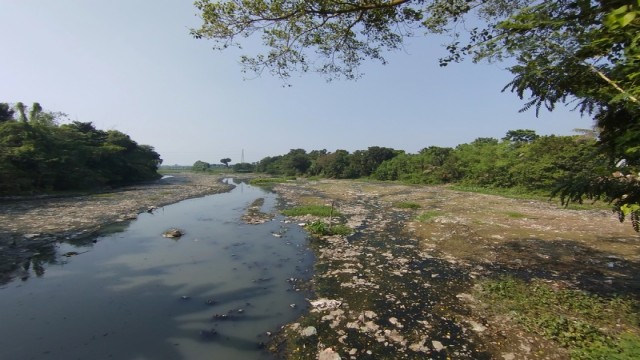
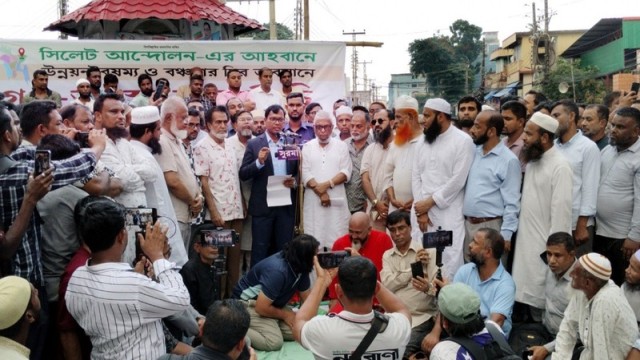

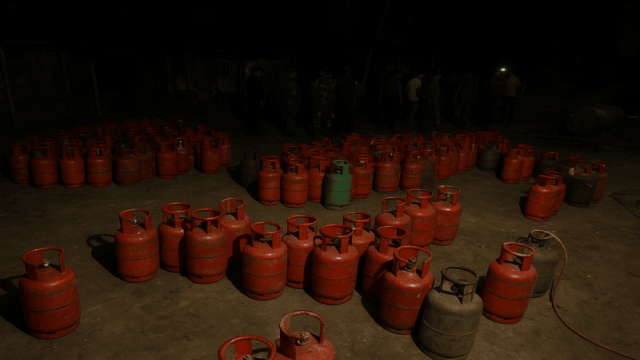



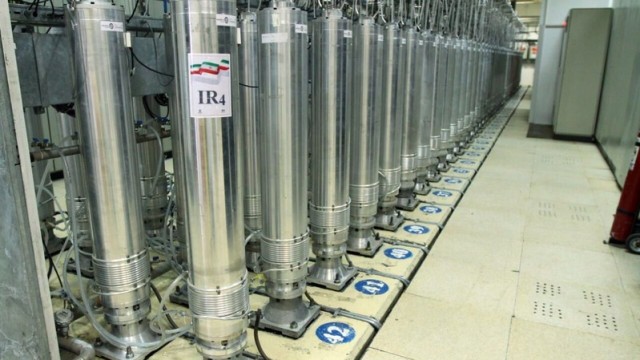





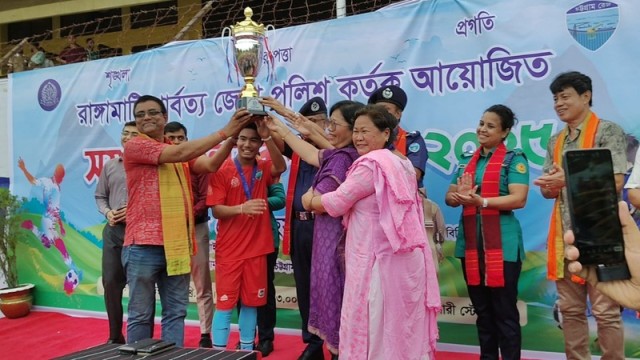



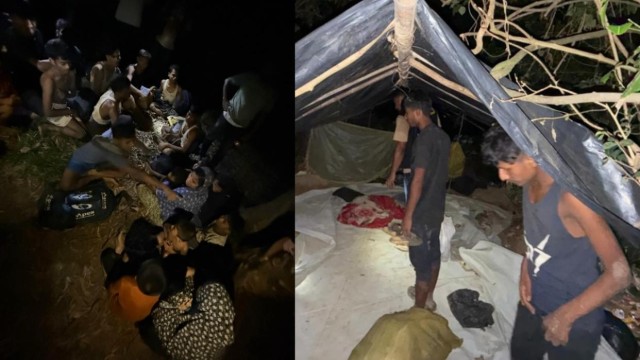
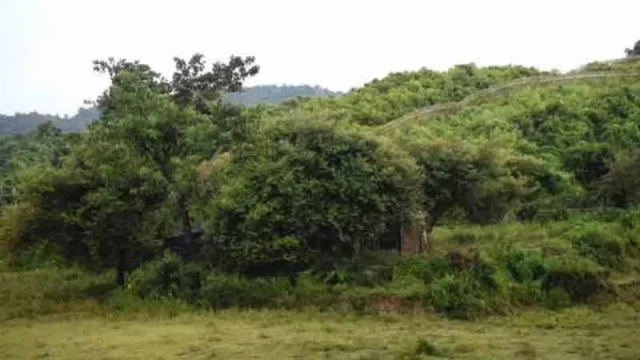



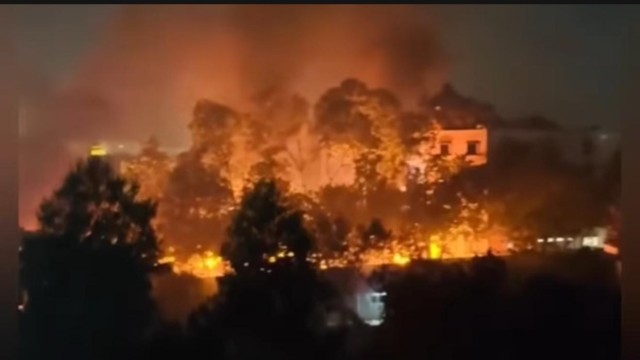


Comment: